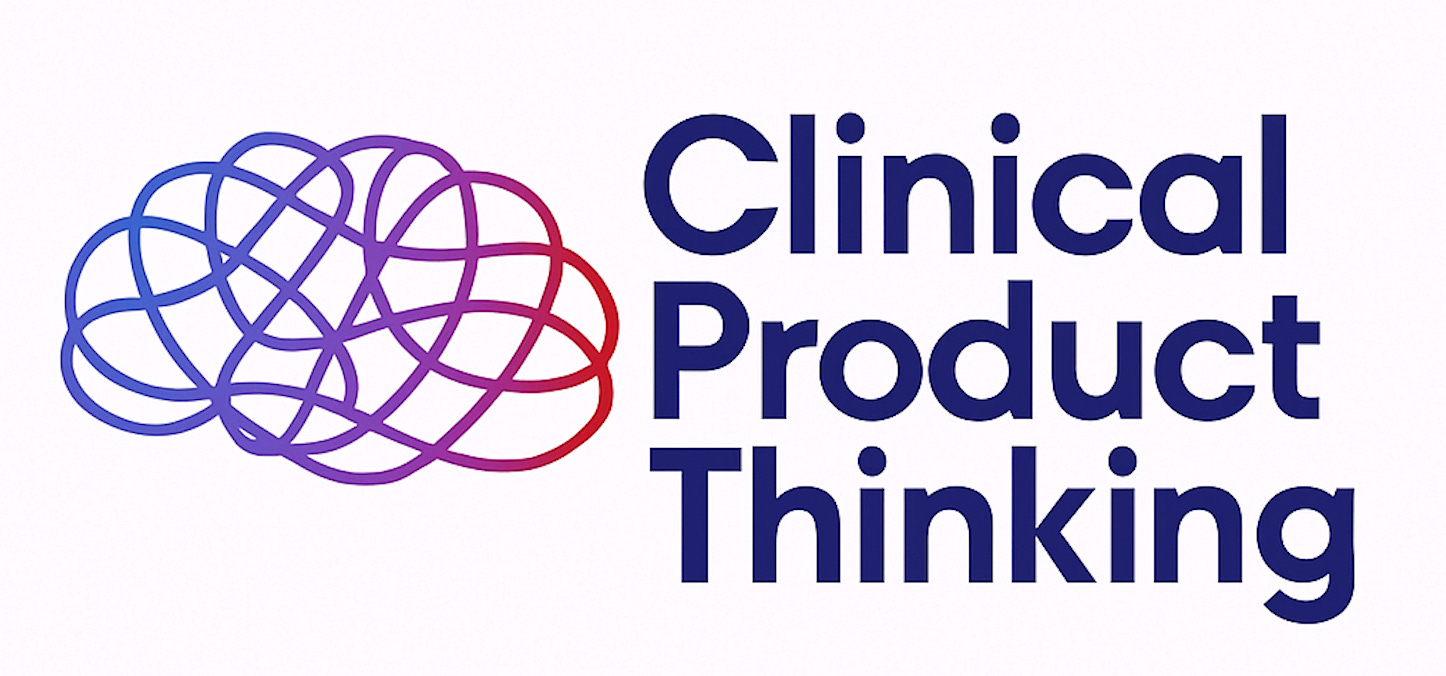How to Build a Patient Advisory Board That Actually Adds Value
Your weekly newsletter on all things clinical product and building better healthcare 🏥
This is Clinical Product Thinking 🧠, a weekly newsletter featuring practical tips, frameworks and strategies from the frontlines of clinical product. I try to make this your best Sunday afternoon email. If you enjoy it, please hit the heart button.
Good afternoon friends, this is issue No. 007. This week, we’re discussing how to build active and valuable patient advisory boards.
As a Clinical Product Manager (CPM), you’re not just shipping features; you’re often shaping care. That means your product might live or die based on whether patients trust it, understand it and actually want to use it.
One of the most powerful tools you can use for insight, empathy and safer launches is a Patient Advisory Board.
Here’s how to build one and make it genuinely valuable, for CPMs and anyone building in HealthTech.
Why you shouldn’t skip this
Creating an advisory board does take time, but here’s why it’s worth it:
Anchor discovery in lived reality. Patients can spot gaps and emotional landmines you may not be able to without direct lived experience.
Stress-test safety and clarity. If your copy misleads or the product flow confuses you need to catch it before it hits production.
Build trust. Advisory boards show investors, partners and regulators that the patient voice isn’t an afterthought.
Co-create, not just validate ideas. Patients can help surface new use cases or inspire features you wouldn’t uncover through clinician or market research alone. Involving them early turns them into collaborators and advocates, not just testers.
I once received feedback on a diabetes pathway that implicitly suggested Type 2 diabetes was caused by lifestyle. Had I checked with a patient advisory board, I’d have known this is an upsetting stigma within the diabetes community and could have adjusted the messaging accordingly.
An advisory board is part of your clinical governance scaffolding and a signal that you’re embedding human reality into product strategy.
How to build a Patient Advisory Board
1. Define the role and scope of the board
Write it down:
“Our Patient Advisory Board helps us test clarity, emotional impact and barriers to adoption... It is not for clinical advice.”
This keeps your board focused on what will actually add value and not stepping into clinical opinion.
2. Recruit intentionally
5–8 patients matching your ideal customer profile.
Diversity matters: condition severity, age, socio-economic background, digital confidence.
Mix of current users and potential users to balance depth with fresh eyes.
3. Screen for fit
Check fit upfront e.g. use screening questions such as:
Can you commit ~2h/month for 6 months?
Are you comfortable giving honest (sometimes negative) feedback?
Do you represent the experience we’re designing for?
4. Operationalise with rigour
Use WhatsApp Business or Slack, not personal accounts.
Pin a blurb: purpose, boundaries, privacy, opt-out rights.
Schedule regular check-ins e.g. a monthly 45-min call; keep async asks light and specific.
5. Compensate fairly
Light touch (surveys, copy checks): recognition, early access, milestone updates.
Deeper work (workshops, usability tests): vouchers or stipends.
Track contributions: consider equity for long-term, high-value members.
What to ask an advisory board
When you’re preparing for calls with your advisory board, ask about CUBE: clarity, usability, barriers, and emotional safety.
Clarity check: “Does this message make sense the first time you read it?”
Usability sanity: “Here are three flows, where would you click?”
Barrier surfacing: “What would stop you from using this feature?”
Emotional safety: “How would you feel if you received this notification at night?”
Your goal: uncover barriers and failure points before you scale.
What to avoid
Theatre boards: Patients join once, then don’t hear from you again.
👉 Fix: set the right level of engagement (e.g. monthly calls + async asks) and stick to it.Solution spiral: Patients tell you what to build instead of describing their experience.
👉 Fix: keep them focused on emotions, barriers and clarity. Clarify this at onboarding.Bias trap: Only recruiting the most engaged, tech-savvy patients.
👉 Fix: recruit beyond your early adopters; refresh the board every 6–12 months to maintain fresh perspectives.Compensation confusion: Overpaying feels coercive, underpaying feels extractive.
👉 Fix: match remuneration to effort and communicate clearly upfront.Over-reliance and overfit: A board represents a small sample, not the whole population.
👉 Fix: use it as one input in your decision-making framework — not your only validation.
Final Thoughts
A well-designed Patient Advisory Board is a high-ROI investment. It’s not just a tick-box exercise. It’s how you build trust, insight and safety into your product’s DNA.
So if you want to build healthcare that works in the real world, start with real-world insight.
Join the next event 🎇
📆 22nd October - Clinical Product Drinks 🍸
Want to continue the conversation? Join the next clinical product event on 22nd October to mingle with other Clinical Product Leaders and Managers at The Folly. Grab your ticket here (Update: now sold out) .
📆 12th November - Clinical Product Dinner: Regulation Without Killing Innovation
With Benedikt von Thüngen, founder & CEO of Sanome who just received Class 2b medical device clearance for MEMORI, an early warning system for hospitals. Subscribe to be the first to know!
Drop me a quick review 👇
It helps me make CPT more useful each week.
That’s all for this week. See you next time! 👋
🤝 Work with me | 📅 Attend an event | | ✍️ Send a message
Written by Dr.Louise Rix, Head of Clinical Product, doctor and ex-VC. Passionate about all things healthcare, healthtech and clinical product (…obviously). Based in London. You can find me on Linkedin.
Made with ❤️ for better, safer HealthTech.



